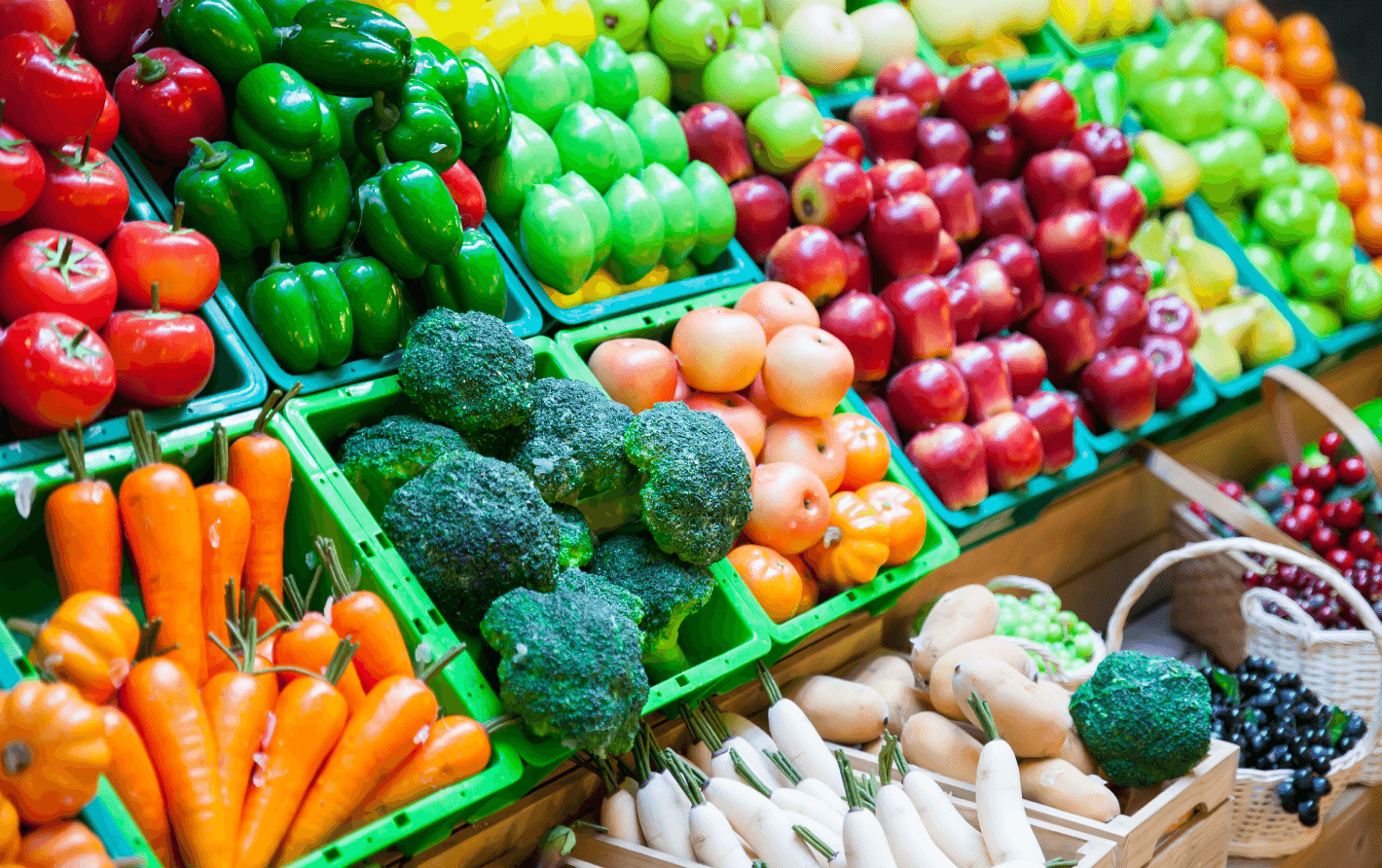accent zones

accent lighting design principles
In order to create the necessary light contrasts, highlight key product groups and navigation elements in the retail space, accent lighting is used. As a rule, accent lighting is implemented using projector-type devices located on busbar systems or integrated with the architecture of the object. However, in all cases, devices must have the option of rotating the optical part - this allows you to focus the light directly on the product. The use of busbar systems gives the greatest flexibility to the lighting installation, since in this case we can move the lighting device, adapting its location to changes in the product display. The choice of the type of light distribution of the accenting device is determined by the task being solved, the height of its installation and the features of the illuminated object.
types of light distribution of accent devices
узкое (spot)
среднее (flood)
широкое (wide flood)
[HTML]Narrow (Spot) – used to create deep contrasts in premium stores, highlight promo areas, and also in cases where accent equipment is located at high altitudes.
Flood is the most common type of light distribution in retail,
Wide Flood - this type of light distribution is used to light fill relatively large spaces using accent lighting systems.
Flood is the most common type of light distribution in retail,
Wide Flood - this type of light distribution is used to light fill relatively large spaces using accent lighting systems.
color temperature recommendations
Food lighting:
Lighting for clothing and textile products:
In addition to color temperature, it is necessary to pay attention to the presence of ultraviolet and infrared components in the spectra of used lighting devices and light sources, since UV and IR radiation can adversely affect food. Fabrics can also lose their properties under the influence of ultraviolet radiation. The use of LED equipment avoids these problems, as well as further increase energy efficiency.
- accentuating the ends of shelving and promo stations - 4000 K or in accordance with the color of the general lighting;
- vegetables and fruits - 3000 - 4000 K;
- cheeses - 2700 - 3000 K or lamps of a special spectrum with a yellow component;
- bread and pastries - 2700 - 3000 K or lamps of a special spectrum with a highlight of the yellow component;
- meat, gastronomy - 2700 - 3000 K or lamps of a special spectrum with a red component;
- fish and seafood - 4500 - 6000 K or special spectrum lamps with a blue component;
- alcohol - 3000 K, UV limitation required.
Lighting for clothing and textile products:
- business suits and shirts - 4000 K;
- evening dresses - 3000 K;
- fur products - 4000 - 5000 K.
In addition to color temperature, it is necessary to pay attention to the presence of ultraviolet and infrared components in the spectra of used lighting devices and light sources, since UV and IR radiation can adversely affect food. Fabrics can also lose their properties under the influence of ultraviolet radiation. The use of LED equipment avoids these problems, as well as further increase energy efficiency.
we will help you solve your problem